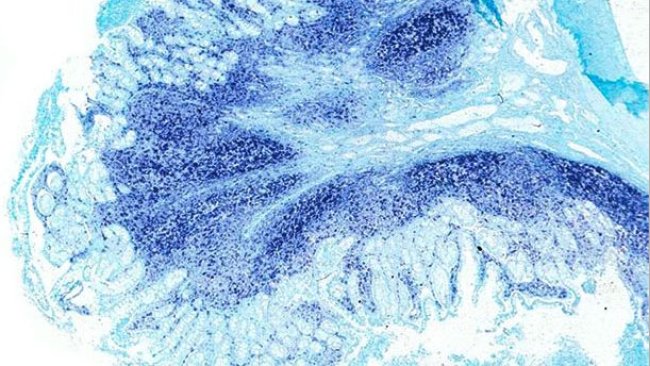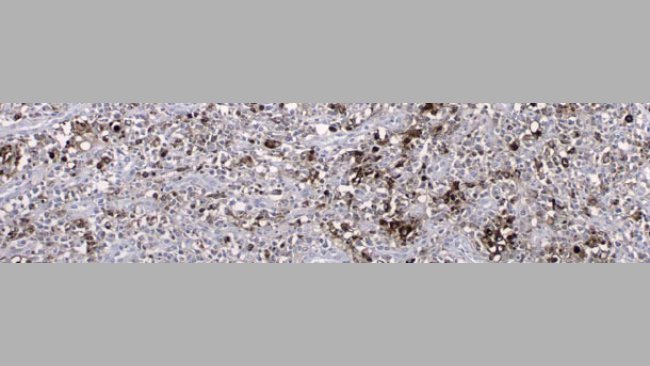
Importance of pathology in swine diagnostics
Histopathology can provide a strong framework to establish the real causality of a clinical problem.

Histopathology can provide a strong framework to establish the real causality of a clinical problem.

Detection of lung lesions in slaughtered pigs also allows estimation of economic losses.

Depending on the levels of maternal derived immunity, a potential interference of vaccine intake may happen, jeopardizing vaccine seroconversion and efficacy.

Collecting data at the slaughterhouse is a common method to obtain information on health and productive parameters, mainly from the last weeks of a pig’s life.

We are finding more evidence of the possible role PCV-3 plays in certain reproductive problems.

Serious problems occurred much less frequently with genotype a than with genotype b. Why did the frequency of these genotypes change?

In the years since the PCV-2 vaccine was introduced to solve the enormous problem caused by circovirus, what do you think has changed and how does it affect farms?

Gilt acclimation was performed in 78% surveyed European farms; vaccination, alone or combined with natural exposure to infected animals, was the main used strategy.

The average piglet birth weight from the 3 groups of vaccinated sows was statistically higher than that from the unvaccinated sows.

All available vaccines in the European and North-American market are based on PCV2a genotype, while the most prevalent ones are PCV2b and PCV2d ones. Although significant level of cross-protection among these three genotypes has been demonstrated, it would be interesting to assess if vaccine efficiency would be equivalent in front of all these different genotypes.

This article deals with the factors to be considered for deciding the optimal time of vaccination against PCV2 and shows the results of a study that evaluates the efficacy of different vaccination programs in PCV2 subclinically infected piglets.

Recently, PCV2 has been suggested as a pathogen able to induce diarrhoea in pigs, and PCV2-enteric disease (PCV2-ED) as a separate entity within porcine circovirus diseases (PCVDs) has been proposed.

The loss associated with decreased ADWG was of 13.1 € and 7.5 €/pig at 21 weeks of age for pigs with high and medium serum PCV2 load under the scenario studied.

The virus is highly resistant in the environment, showing also high resistance to chemical and thermal treatments.

Might be there is a little doubt nowadays on the beneficial clinical and economic effects of PCV2 vaccination in subclinical infections in piglets, but… which is the role that sows play in the whole picture?

Experimental Mhyo and PCV2 co-inoculations have resulted in somewhat divergent results.
Welcome to 333
Connect, share, and interact with the largest community of professionals in the swine industry.
Celebrating 169332Users on 333!
Sign upAlready a member?